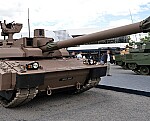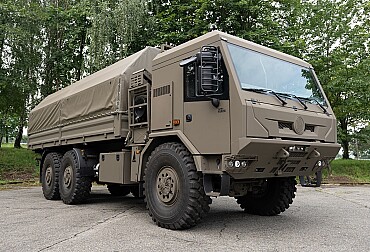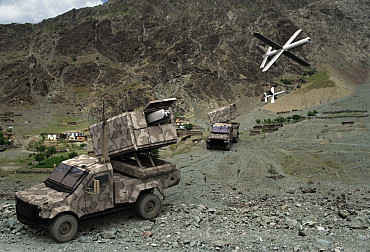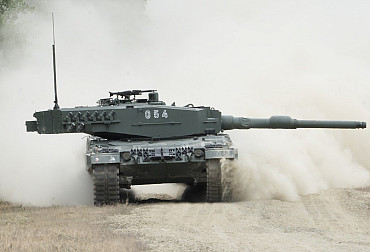South Korea’s AI-powered K3 Main Battle Tank set to dominate battlefields of the future
In the field of modern armored vehicles, the South Korean Army is preparing to take a new technological leap forward with its K3 Main Battle Tank. Ambitious and innovative, this model is set to dominate the battlefields of the future. In 2030, this successor to the famous K2 Black Panther is expected to feature cutting-edge technologies, including artificial intelligence (AI), to offer unparalleled stealth and firepower.
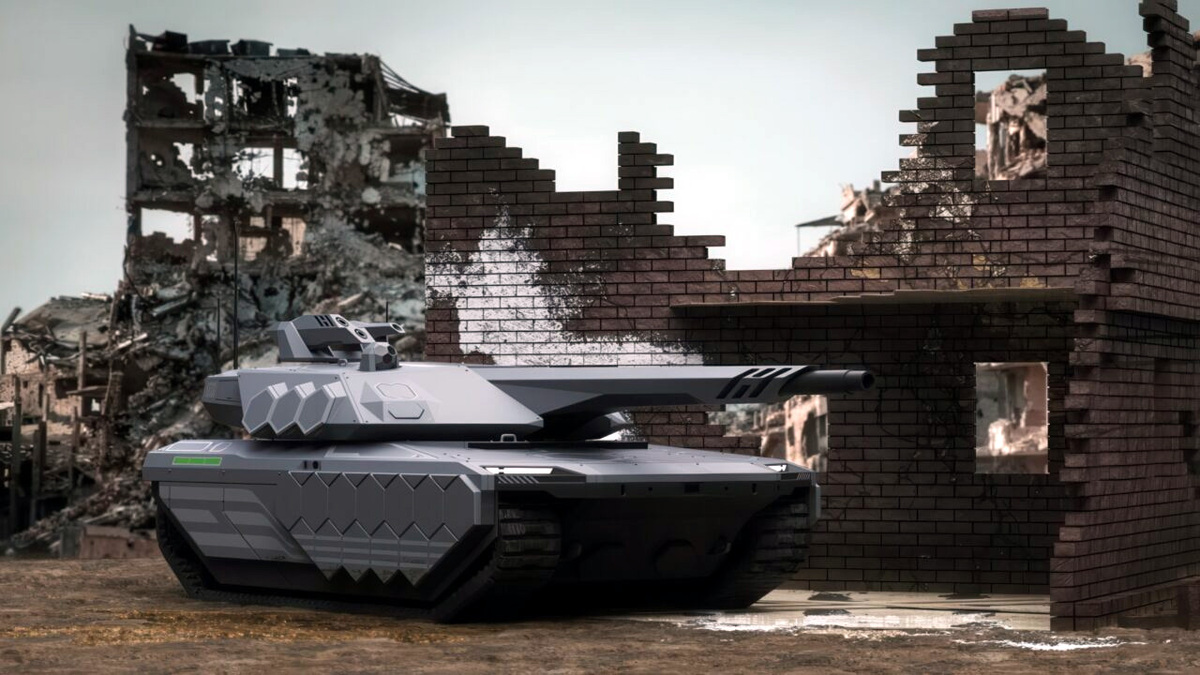
Artificial intelligence at the heart of the project
One of the most striking aspects of the South Korean K3 Main Battle Tank is its integration of Artificial Intelligence. Designed by Hyundai Rotem, this next-generation combat vehicle relies on intelligent systems to reduce its radar and infrared signature, as well as to optimize its threat detection and response capabilities. AI improves the performance of the K3's sensors, enabling them to detect targets more quickly and with greater accuracy. This means that the tank is capable of processing information in real time and adjusting its actions without the need for manual intervention.
Another key feature is its stealth capability. The K3 tank has a low profile, thanks to special materials and passive camouflage systems, reducing its thermal and acoustic footprint. This allows the vehicle to move discreetly across the terrain and avoid conventional detection systems, while maintaining maximum combat effectiveness.
A 130 mm gun and hybrid propulsion
When it comes to armament, the K3 doesn't do things by halves. It is equipped with a 130 mm gun, more powerful than that of current models. Compared to the 120 mm guns found on traditional tanks such as the M1 Abrams or Leopard 2, this gun offers superior penetration performance and extended range. This change could transform the dynamics of armored combat, allowing the K3 to strike from much greater distances while offering greater flexibility in engagements. On the other hand, these advantages mean higher logistical requirements and lower interoperability. A similar 130 mm cannon is featured in the basic version of the German KF51 Panther tank, but Italy, which will probably be its first user, prefers a 120 mm cannon of its own design – one of the arguments being the easier logistics of a caliber that is standard across the Alliance.
The real technological leap of the K3 Main Battle Tank lies in its hybrid propulsion system. The combination of thermal and electric engines allows the K3 to reach speeds of 80 km/h while significantly reducing its thermal signature. This allows the tank to move more quietly and nimbly, even in complex urban environments. This hybrid system marks a major turning point in the history of Main Battle Tanks, replacing conventional combustion engines with more eco-friendly alternatives and – more importantly – better suited to the warfare of the future.
Enhanced protection and crew automation
Crew safety is also a priority in the design of the K3. It incorporates Active Protection Systems (APS) that use electronic countermeasures to intercept enemy projectiles before they reach the tank. The K3 also features advanced armor layers, combining ceramics and composite materials to provide maximum resistance against modern anti-tank weapons.
In addition, the automatic loader and automation of several driving functions reduce the crew to just two or three people. One of the main objectives of this tank is to reduce human dependence while optimizing operational efficiency. With a smaller crew, the K3 becomes faster and more responsive, while offering increased survivability.
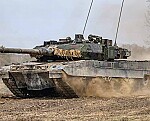
Towards a new era of armored combat
With the advent of advanced technologies such as hydrogen propulsion, the K3 could well mark a turning point in military armament. Not only does it surpass existing models in terms of stealth and speed, but it also looks to the future with drones and robotic reconnaissance and threat detection systems. Hyundai Rotem is banking on this evolution to respond to the rise of global defense forces, particularly those of its allies.
By 2030, South Korea could therefore deploy a tank capable of rivaling giants such as the Abrams and Leopard 2, not only in terms of firepower, but also in terms of mobility and survivability. The K3 is thus positioning itself as the future of armored combat, far beyond the technologies we know today. Another priority for Hyundai Rotem is to fulfill the new order for K2 Black Panther tanks for Poland. Worth $6.7 billion, the order includes 117 tanks built in South Korea and approximately 60 assembled in Poland.



